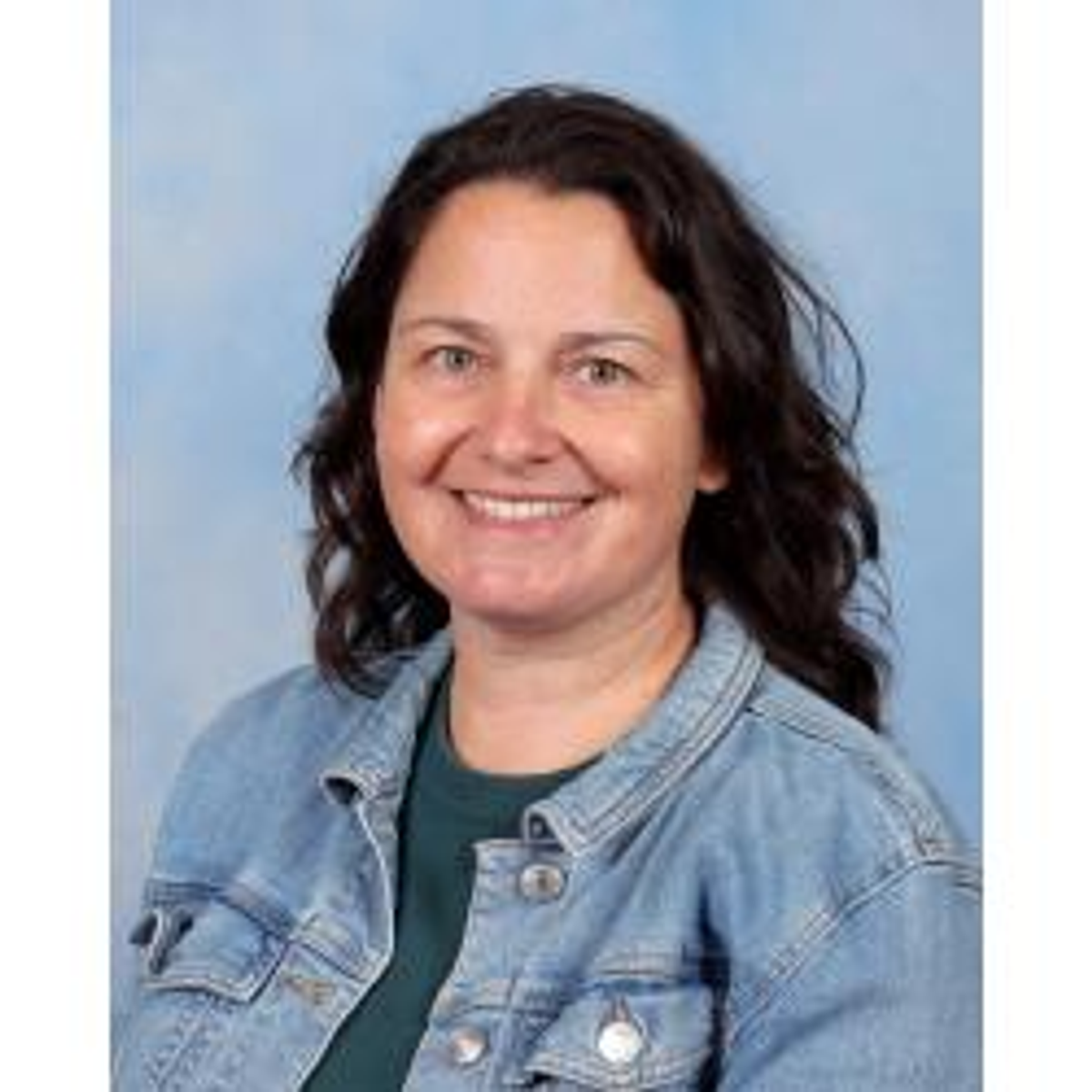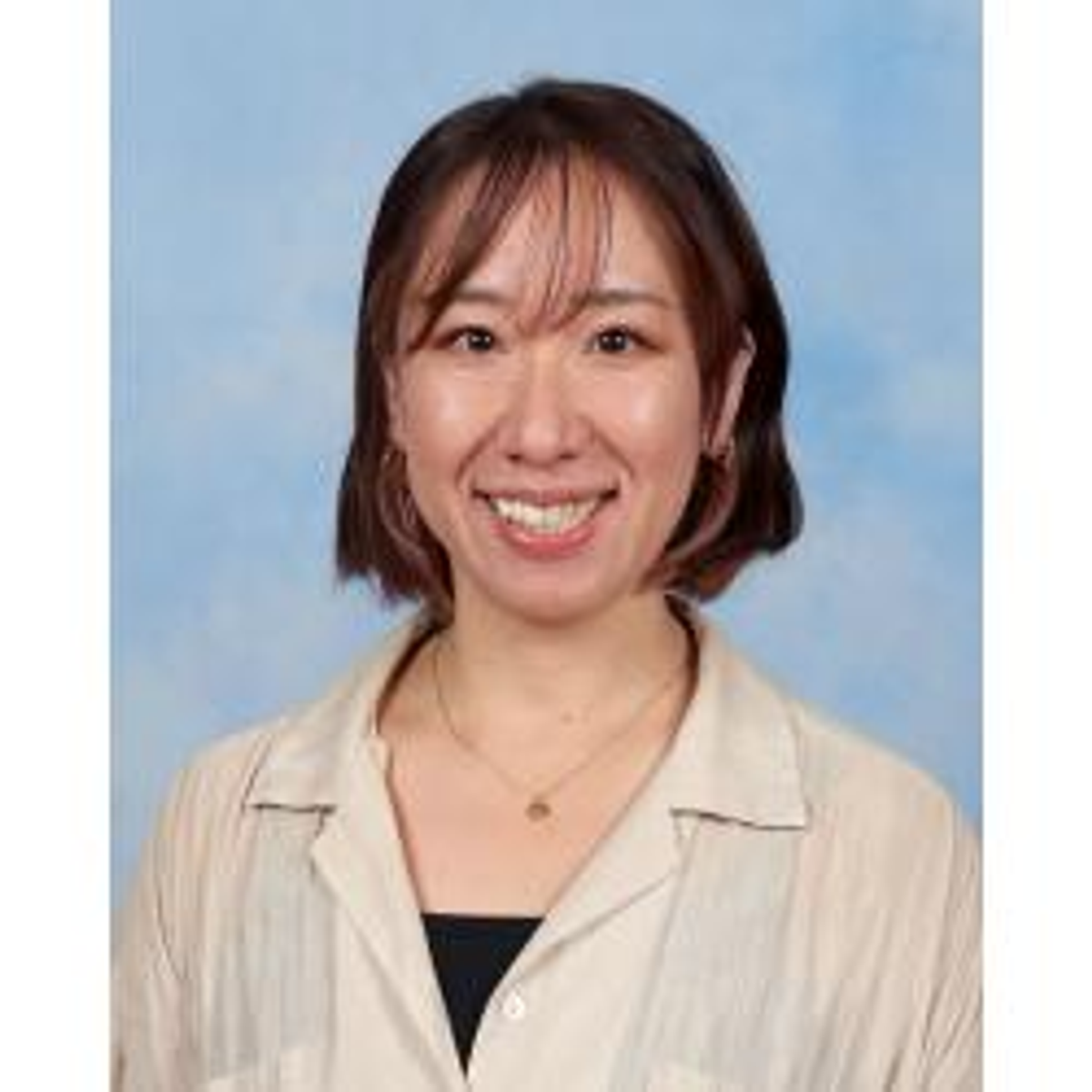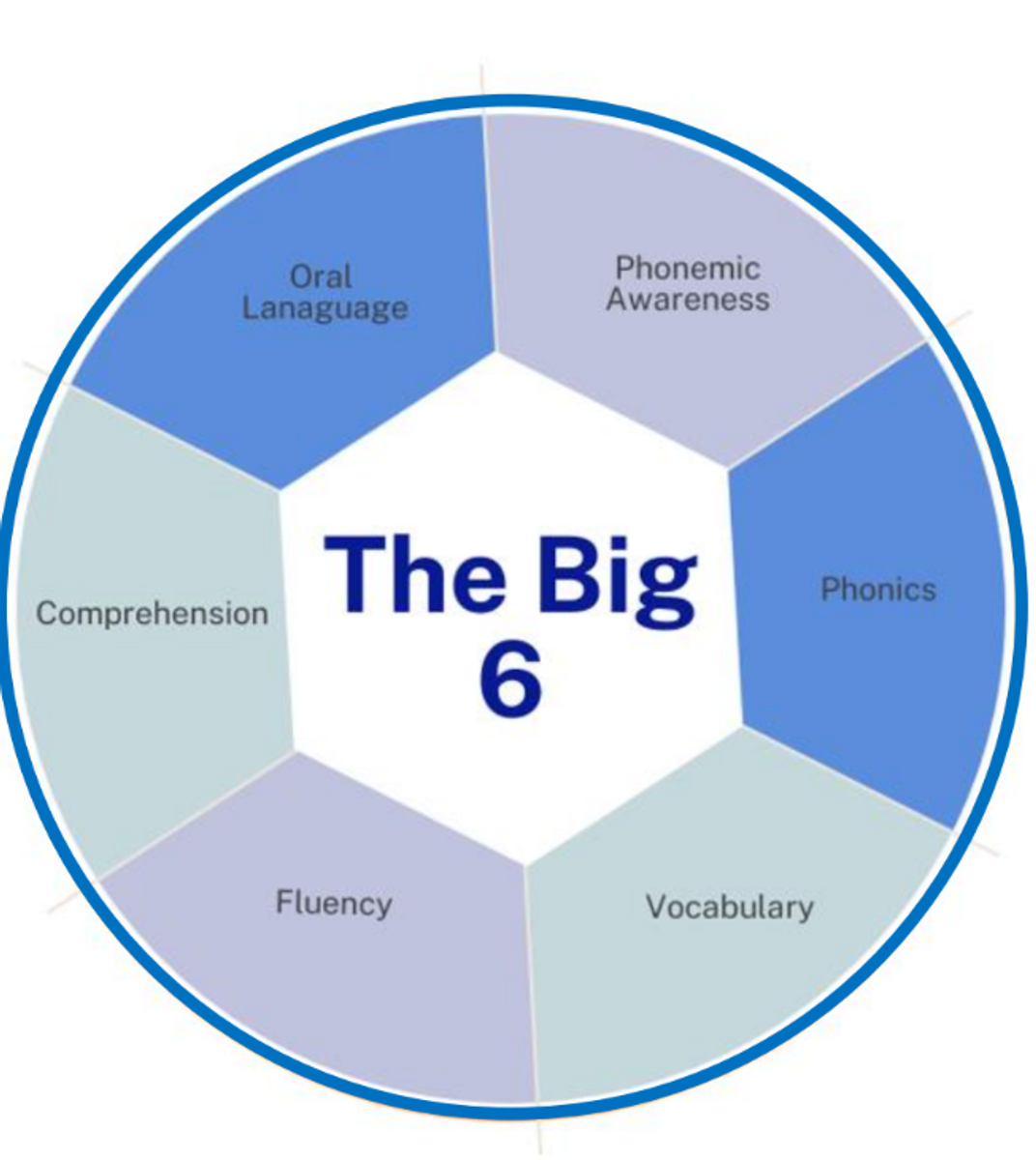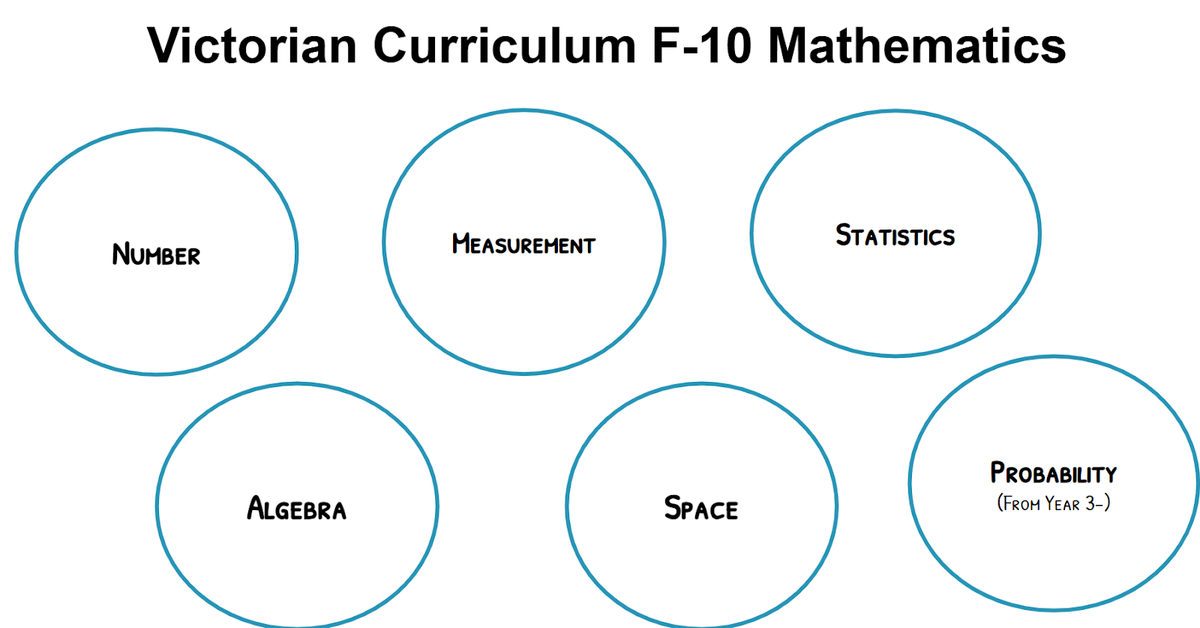Teaching and Learning

Learning at Caulfield Primary School Newsletter Series
Presented by our School Improvement Team Leaders
Krystal Ryan (Literacy English Learning Specialist)
Asami Onda (Numeracy Learning Specialist)
Takako Morita (Bilingual Leader)
Recently, we have been involved in our School Review, and through this process we have taken on board our parent and student feedback. One thing that you raised was wanting more information about learning in our classrooms, and in particular about the recent changes to our Victorian Curriculum and Teaching and Learning model. We hope you will find this series informative and we hope that it will give you a better understanding of teaching and learning at Caulfield Primary.
Topic 1: Curriculum Changes 2025
As you will be well aware, teaching and learning in schools across the state have experienced rapid change from 2025. Below you can find an overview of some of the key changes to the Victorian Curriculum. The curriculum guides teachers in what to teach and assess.
Victoria’s position to teaching reading F-2:
This position was announced mid 2024 for implementation from 2025. Some of the key elements of the ‘Reading Position’ include;
- All Victorian government primary and specialist schools will be expected to implement a structured literacy approach
- schools should use a teaching program based on the ‘Big 6’ of learning to read
- a minimum of 25 minutes daily explicit teaching of phonics and phonemic awareness
The ‘Big 6’ are the foundational skills that are necessary to enable students to independently read and respond to increasingly complex fiction and non-fiction texts.
• Oral language – knowing and using spoken words to express knowledge, ideas and emotions
• Phonemic awareness –knowledge of sounds (phonemes)
• Phonics – knowing the sound (phoneme) and letter (grapheme) relationships
• Fluency – reading accurately and at an appropriate rate with expression
• Vocabulary – understanding words in isolation and in context
• Comprehension – making meaning from text which includes developing knowledge of grammar.
Victoria’s Mathematics Position Statement:
This position statement outlines how Victorian schools will achieve high-quality mathematics teaching and learning for improving outcomes for all students. Key messages include; with an important message:
- Everyone has the capability to learn and achieve well in mathematics.
- Maths anxiety is real - many students (and even adults) feel nervous about maths and this needs to be addressed through such as creating positive and encouraging maths environments.
- Parents, carers and teachers all play a key role - By talking positively about maths, showing patience, and praising effort and problem-solving (not just speed or right answers), we help children build confidence and develop a love for learning maths.
Victorian Curriculum 2.0:
Literacy:
The English 2.0 curriculum is organised into 3 interrelated strands;
- Language: learning about how English language is used
- Literature: building appreciation and skills to comprehend, analyse and evaluate a wide range of rich texts
- Literacy: application of knowledge and skills to interpret and create texts appropriately
Skills relating to the language modes of Speaking & Listening, Reading and Writing are carefully sequenced across all three strands providing students with multiple exposures to these skills in different contexts.
For Literacy-Japanese, we use CPS Scope & Sequence (Listening&Speaking, Reading, Writing) we created based on the Victorian Curriculum: EAL Continuum. Our focus continues to be on oral language: explicit teaching of conversational language, reading aloud, retelling stories and presenting.
Mathematics:
The new curriculum is organised into 6 strands, which are Number, Algebra, Measurement, Space, Statistics and Probability.
The Victorian Curriculum highlights four key mathematical proficiencies, Understanding, Fluency, Reasoning and Problem-solving, that are essential for learning and understanding mathematics. These include helping students to think deeply, reason clearly, and solve real problems in meaningful ways. When we focus on these skills, students learn that maths is not just about getting quick or correct answers. It is about making sense of what they are doing, being persistent, and exploring different ways to solve problems, and understanding the ‘why’ behind the problems.
Maths becomes much more meaningful when students are encouraged to think deeply, not just memorise or be fast!
Would you like to know more? Here are some helpful links:
Victorian teaching and learning information for parents and carers | vic.gov.au
What’s coming up in Week 3 Newsletter?
In Topic 2, we will discuss the Victorian Teaching and Learning Model (How we teach).






